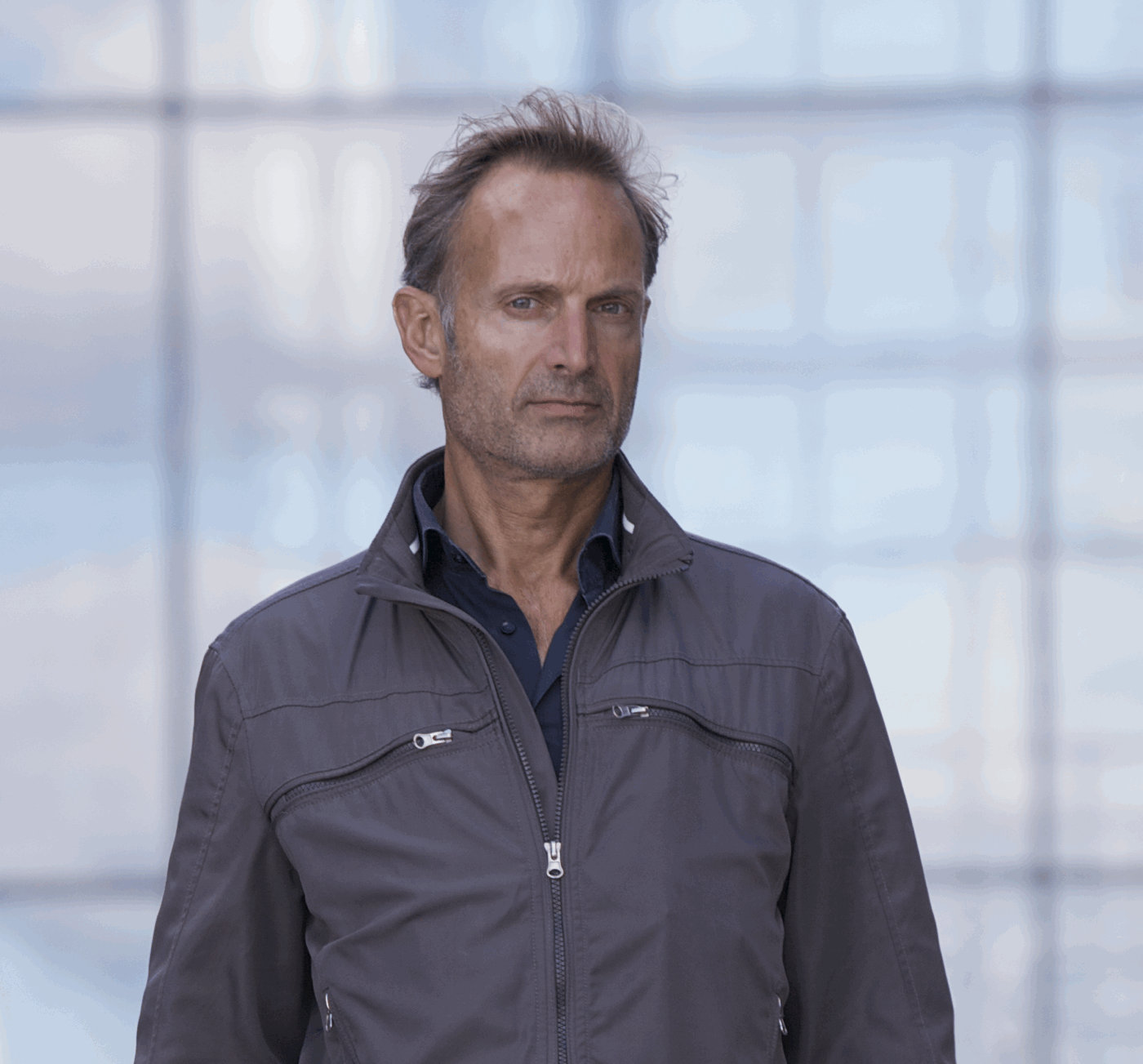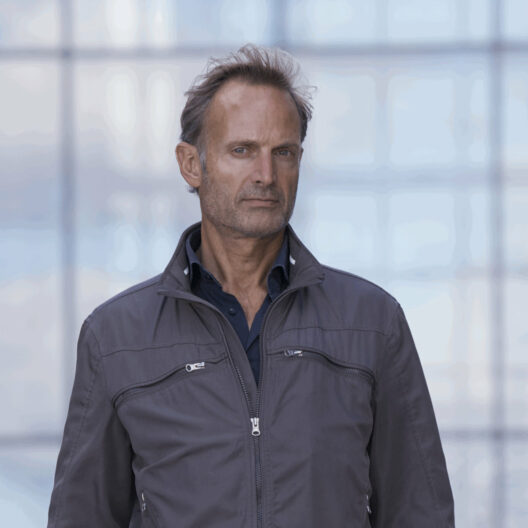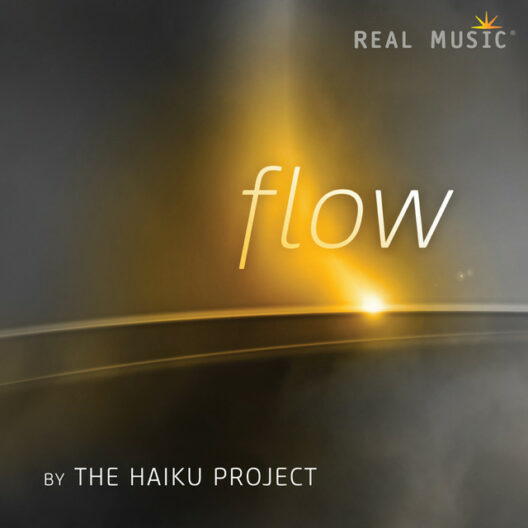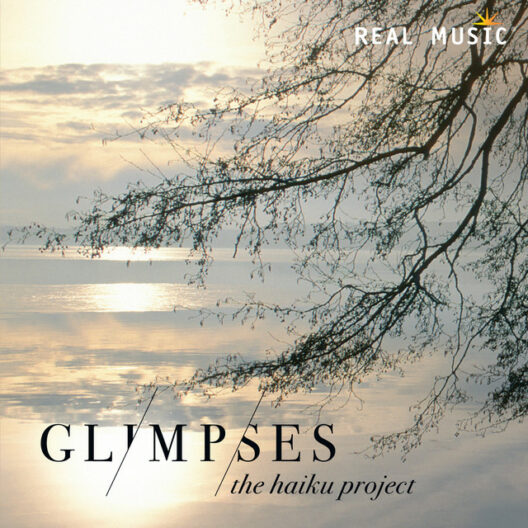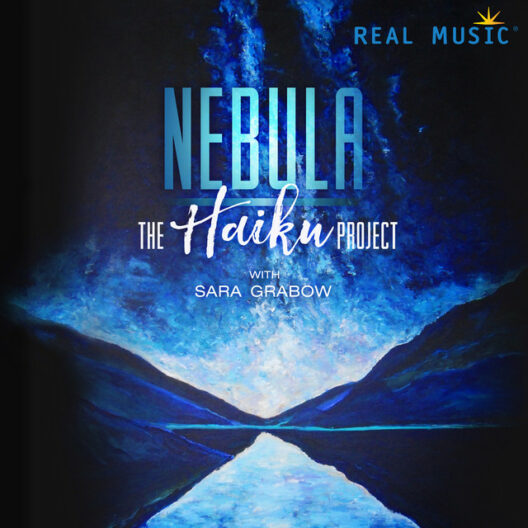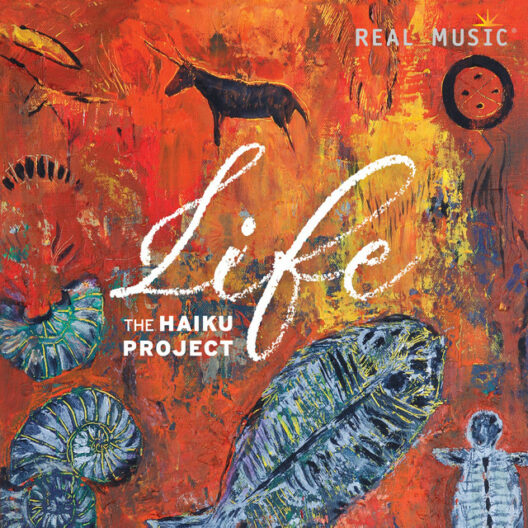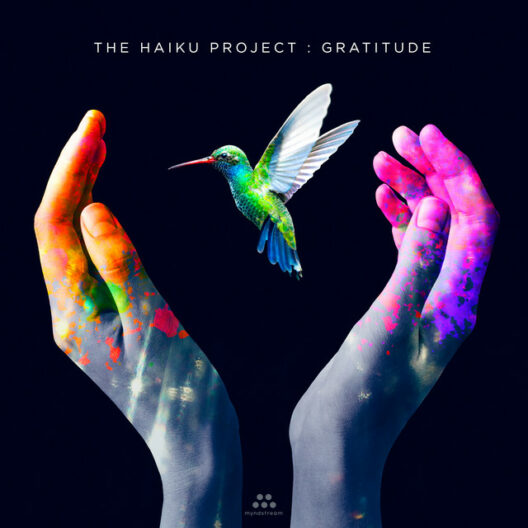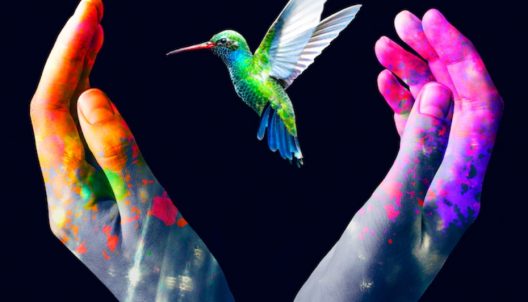This website uses cookies so that we can provide you with the best user experience possible. Cookie information is stored in your browser and performs functions such as recognising you when you return to our website and helping our team to understand which sections of the website you find most interesting and useful.
The Haiku Project
Henrik Hytteballe started his career playing in various rock bands and
composing music for Theatre and short movies.
In 2006 he released his first solo album haiku. Since then he has released 9 albums – 5 of them on the American label Real Music. Real Music will release his 10th album JOY in spring 2024.
The Haiku Project has been described as both Ambient Joyful Rocking and as
worldly and otherworldly, meditative, and above all, deeply relaxing.
The first ambient album. flow, was made, because Henrik wanted some music
for his own yoga practice that could help stay focused and being in flow.
The Haiku Project is always ambient music, but as haiku, he has also released
4 albums with more influence from rock and pop music, and he is part of 2
bands – ish! playing rock, and the alternative folk band Stories.
Besides being a musician, Henrik is a painter of abstract art, with many
exhibitions. The next one will take place in April 2024, where Stories will be giving a concert at the opening. Some of his paintings have been used as covers for albums and singles.
On his albums, Henrik gets help from various musicians on guitar, Duduk, cello and vocal.
With his music and paintings, Henrik invites you to discover, explore and
dream. He describes his music as being about finding inner resources after a big change in life, and was created in gratitude for his surviving a severe traffic accident.

